Our Personal Connections to Food Allergy
Personal Connections to Food Allergies and Anaphylaxis
.jpg)
Eleanor Garrow-Holding
President & Chief Executive Officer
In 2004, when my son Thomas was 19 months old, he had his first anaphylactic reaction to pecans at a family birthday party. Just one bite and about 30 seconds is all it took for Thomas to have an anaphylactic reaction. He had hives from head to toe, swollen lips, eyes swollen shut, coughing, and shortness of breath. There were no antihistamines or epinephrine in the house. My mother is a nurse, and I worked in hospital management. We knew immediately that Thomas was having an allergic reaction.
We drove Thomas straight to the emergency room in the suburban Chicago town we were visiting. It was seven minutes from that one bite to the ER entrance, and Thomas was unrecognizable to me. He was so swollen and disfigured that I could not tell he was my son. The ER team was waiting outside for us as we pulled up, and they immediately took Thomas from my arms. They administered three doses of epinephrine, antihistamines, prednisone, and oxygen. He was hooked up to heart and lung machines. It was almost three hours before Thomas started to look himself again. He was admitted to the Pediatric Unit for observation through the night and to make sure he didn’t have a biphasic reaction. It was the scariest day of my life. I had no idea why this was happening to “my” child.
We were not given a prescription for an epinephrine auto-injector, but were told to follow up with our pediatrician the next afternoon after we were discharged from the hospital. Our pediatrician, also a food allergy parent, gave us a prescription for two sets of epinephrine auto-injectors, and then we scheduled an appointment with a board-certified allergist at Children’s Memorial (now Lurie Children’s) in Chicago for accurate testing and diagnosis. Thomas was diagnosed with IgE-mediated food allergies to all tree nuts, peanuts, and sesame. Our board-certified allergist and allergy nurse were amazing. They took the time to educate us on how to recognize signs and symptoms of anaphylaxis and how to and to know when to administer epinephrine. I felt as if I were the only parent this was happening to and felt alone, but they gave me resources to learn and a list of suburban support groups to get involved with to meet other families.
Of course, I had no knowledge about food allergies or anaphylaxis when this happened to us, nor did I ever know anyone with food allergies – even with a healthcare background. I was determined to learn everything I could to keep Thomas safe and to educate myself, my family, and our friends. I started a support group in the suburb where we lived and provided education and outreach, advocated for state legislation for School Food Allergy Management Guidelines and Insurance Coverage for Elemental Formulas, and raised funds for food allergy and anaphylaxis education and research.
When Thomas was diagnosed, I was five months pregnant with my daughter and worried if she would have food allergies, as well. I had gestational diabetes (diet-controlled) with both pregnancies and had a c-section with both children. When Anne was 14 months old in 2006 (Thomas was three), we were part of a food allergy study at Lurie Children’s in Chicago where we were all tested for food and environmental allergies via skin and blood among other tests. Thankfully, Anne’s results were negative to everything. My prayers were answered. From that point on, I introduced peanut into her diet because I didn’t want her to become allergic. At first, I would take her outside of our home to ice cream shops where she would consume vanilla ice cream with peanut butter or a chocolate peanut butter cup. She loved peanut butter. From 12 months to 24 months, Anne only gained one pound and presented with feeding, speech, sensory meltdowns, and other issues. After a full Gastrointestinal/Nutrition/Speech, Physical, and Occupational Therapy work up at Lurie Children’s, Anne was diagnosed with Sensory Processing Disorder (SPD). She was sensitive to touch, couldn’t express her words, and was very sensitive to textures of foods. She only ate a few items, and our doctors said keep feeding her what she is eating because she needs to gain weight. That is when I brought peanut butter into our home because she loved it and needed the fat and protein that it provided for her diet. We took extra precaution and were very careful. She ate it in the same area each day, away from Thomas. I would sanitize her highchair, wash her hands with soap and water, wash her face, and brush her teeth. I stored the peanut butter high in a secluded cabinet where Thomas could not reach it. After four years of private speech and occupational therapy, including feeding therapy, Anne had overcome many of the obstacles that come with SPD. And, to this day, she still eats peanut butter daily, but is and always has been a wonderful advocate for her brother and all the friends we’ve made through the years in our food allergy journey.
When Thomas turned three, he was diagnosed with asthma and environmental allergies to dog, cat, and mold. When he turned four, he was officially diagnosed with Eosinophilic Esophagitis (EoE) - after a year of food restrictions, endoscopies, a PPI - triggered by milk and wheat. Thomas later developed an IgE-mediated food allergy to wheat after reintroducing it back into his diet to see if he had outgrown the EoE trigger. I knew then that I wanted to do more on the national level, and in 2009 I was offered the Vice President of Education position at the Food Allergy & Anaphylaxis Network and served in that role for four years.
In January 2013, I realized my journey to educate, advocate, and raise awareness was not complete and formed the Food Allergy & Anaphylaxis Connection Team (FAACT). FAACT is for every person affected by food allergies and anaphylaxis because we are all connected, and we all work together as a team to educate and advocate.
In December 2015, Thomas had a food challenge with wheat and was no longer IgE-allergic to wheat. After a 3-month trial with wheat and another 3-month trial with milk (post wheat) in his diet and upper endoscopies, he had also outgrown the wheat and milk triggers for EoE and is in remission from EoE as of July 2016. Thomas outgrew his peanut allergy at age thirteen in 2016. As of October 2019, Thomas has also outgrown almond, sesame, and brazil nut and continues to avoid walnut, cashew, pecan, hazelnut, and pistachio. Thomas lives confidently each day and continues to be his best advocate. I worry every day and always will, but I couldn’t be prouder of him.
My goal is for FAACT to provide you with everything you need for your family to be healthy and safe and to provide the day-to-day support needed - at home, for caregivers, visiting grandparents, for daycare and/or school, dining out, traveling, and more. We are here for you. Welcome to the FAACT family!
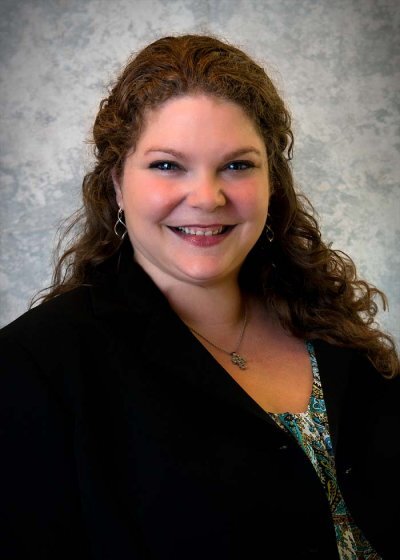
Amelia G. Smith, JD
General Counsel and Vice President, Civil Rights Advocacy
Within hours of my son being born, he was projectile vomiting. The first five months of his life consisted of a string of trips to the pediatrician’s office with diagnoses of reflux and failure to thrive and prescriptions for every possible combination of every reflux medication on the market. At six months old, Robert saw a pediatric gastroenterologist at Le Bonheur Children’s Hospital in Memphis, Tennessee who, after hearing Robert’s medical history, took one look at my son and his weeping eczema and suspected food allergies were at the root of Robert’s condition. I was told that in nursing my exclusively-breastfed baby, there was a possibility he was allergic to trace amounts of food allergens in my breast milk. We left that day with a referral to a board-certified allergist, a prescription for elemental formula, and instructions to eliminate the top eight food allergens from my diet before nursing my baby again. Once we were finally able to see the allergist, Robert was skin-prick tested for the top eight allergens. The wheal from the egg scratch was so large that the other results were unreadable. Through RAST testing, Robert was also diagnosed with peanut, tree nut, and shellfish allergies. My world was turned upside down with this diagnosis. At that time, the only thing I knew about food allergies was their life-threatening nature. I became consumed with educating myself about food allergies. Over the next few months I learned that my lactation consultant’s child had food allergies as did one of my daughter’s classmates. Fast friendships and a food allergy support and education organization, Food Allergic Children’s Education (FACE IT), were born. As the founder of FACE IT, I became active as an advocate at the local and national level. Robert had his first anaphylactic reaction at the age of two while at his day school, where I had just trained the staff two days prior. After this reaction, it became obvious that special accommodations were going to have to be put into place in try to prevent future reactions. As Robert made his way through a private, church-controlled day school and prepared to enter public school, I faced many of the same challenges other food allergy family face making sure that my child was appropriately accommodated to ensure that he was safe once I dropped him off every morning. My goal at FAACT is to help educate families regarding the different options and possible accommodations available to them in such settings.
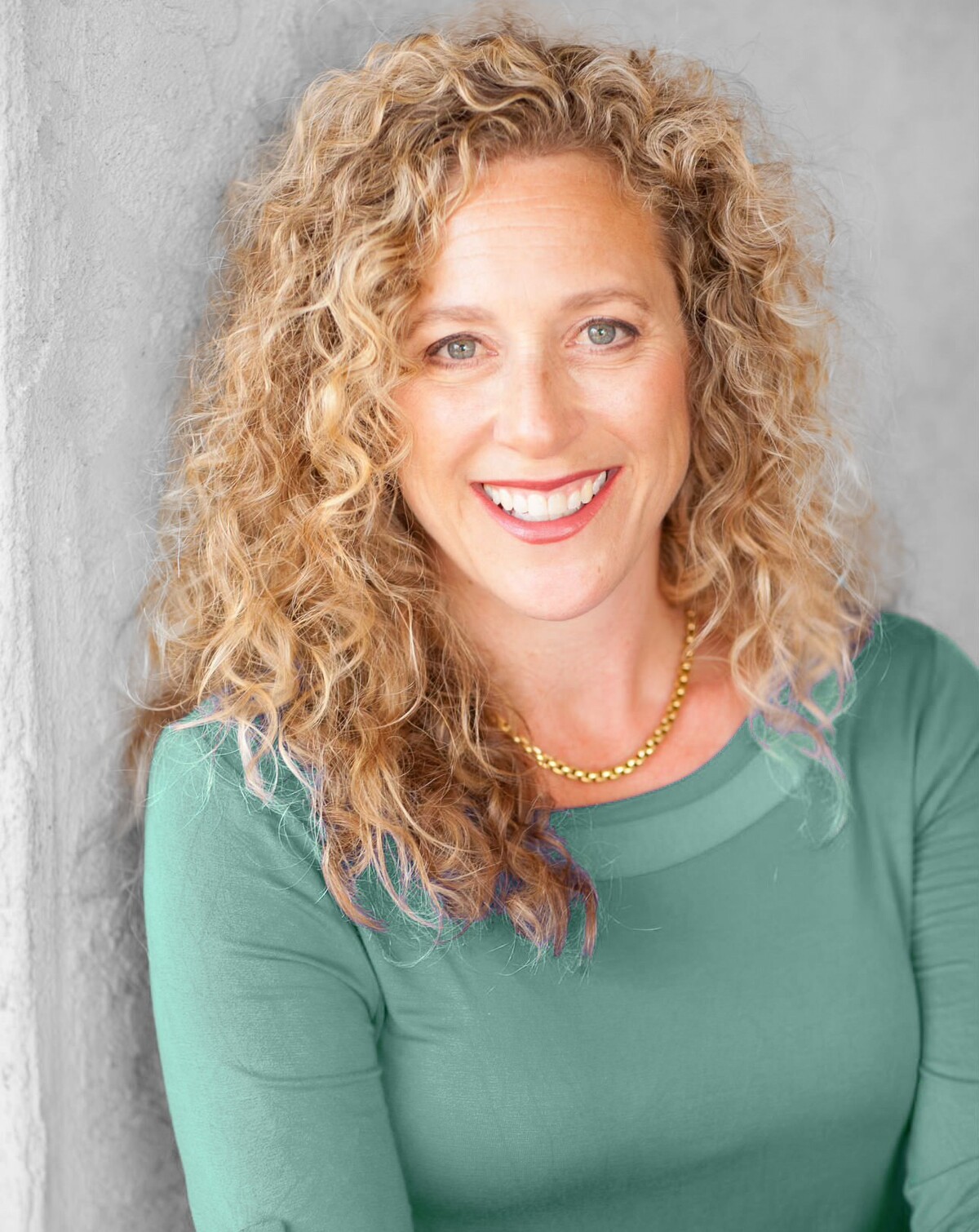
Nicole Della Santina, MPH
Vice President, Public Health
In 2002, my second child, Marco was diagnosed with multiple life-threatening food allergies. It was a rude awakening as the process of discovery was a bit of a shock. I was traveling for work and had to give him formula for the first time. He had two quick sips from his bottle of milk-based formula and broke out in hives around his mouth. I remember calling the doctor who said not to worry, he was fine and to make sure to give him milk before his one-year appointment. Regardless, I decided to pump and didn’t feed him any more formula. Right before his one-year appointment, I gave him some milk, as directed, so that I could hit the appropriate milestones prior to his upcoming visit. Unfortunately, it did not go as planned. He had ¼ cup of milk and in the time it took for me to turn around and hang up the phone, Marco went into anaphylaxis. I was not informed or prepared and did not have Benadryl or epinephrine on hand, so instead I panicked and drove to the office with Marco struggling to breathe. We were lucky as Marco recovered from that incident. However, right afterward, I took Marco to an allergist and found out that he was allergic to 16 different foods, so our food allergy journey began. I hired a babysitter so that I could scour the aisles at Whole Foods to figure out what I would be able to feed him and the rest of our family. I was completely overwhelmed and felt very alone. This was in the early 2000’s so information about food allergies was not as accessible as it is today
As Marco entered pre-school age, we began applying for pre-schools, but he never seemed to get in. I always included his food allergies on his application, but I decided to hold off for one preschool to see if that was the challenge. Marco was accepted and I worked closely with the preschool to educate them about his allergies and helped create a safe environment for him and future food allergic students. Unfortunately, we had some challenges with some families that were not happy about the allergy-safe environment that the preschool had decided to undertake. It was a change to the routine for some, and families were not pleased with the request. I had to believe that it was ignorance that led to the charge for this negativity. So, I was determined to get a deeper understanding of Marco’s rights to education, and I began to attend events at national non-profits for families with food allergies. The relationships and information I gleaned from these conferences were extremely helpful and laid the groundwork for the rest of our family’s food allergy experiences. I joined food allergy support groups and began to share my information on Facebook, expanding my relationships and knowledge through my affiliation with every person and their food allergy experiences. It felt like a special club where we could support one another, share recipes, help each other find specialty foods and bond over our experiences both good and bad.
Marco was very sociable, and we never wanted him to be defined by his allergies. Like every parent, we wanted him to have as normal a childhood as possible. So, we had him wear his epinephrine in a fanny-pack around his waist, so they were easily accessible for anyone taking care of him while giving him the freedom to roam and play. He started elementary school and I made sure to train the teachers that oversaw his grade along with any other administration. I created resources for teachers as well as food allergy protocols to ensure not only Marco’s safety but the safety of other children as well. Living in a small town, I knew that Marco might be the first food allergic child, but he would most certainly not be the last. I wanted to do more to help food allergy families, so I became a certified trainer through the PAL program. This increased my credibility beyond “just being a mom” and the schools in our area became more receptive to training, so I started working with entire administrations before the start of every school year. The schools were terrific and overall, Marco had a safe school experience.
Flash forward to the present day, and Marco has outgrown all of his allergies except milk. He is a Nutrition and Physical Fitness major in college over 1,000 miles away and will be graduating in 2024. His personal journey with food allergies has inspired him to help others live healthy lifestyles, especially those with food allergies. I used to worry about Marco going too far from home, but now peace of mind for me, our family, and most importantly Marco, is a true gift. He has learned how to successfully manage his food allergies as a young adult. In the end, I have been inspired by my experiences with Marco and the other health issues my children have endured so I went back to school to earn my master’s in public health, and I can’t wait to make a difference in the lives of other food allergy families. While our food allergy journey is far from over, it is truly a success story.
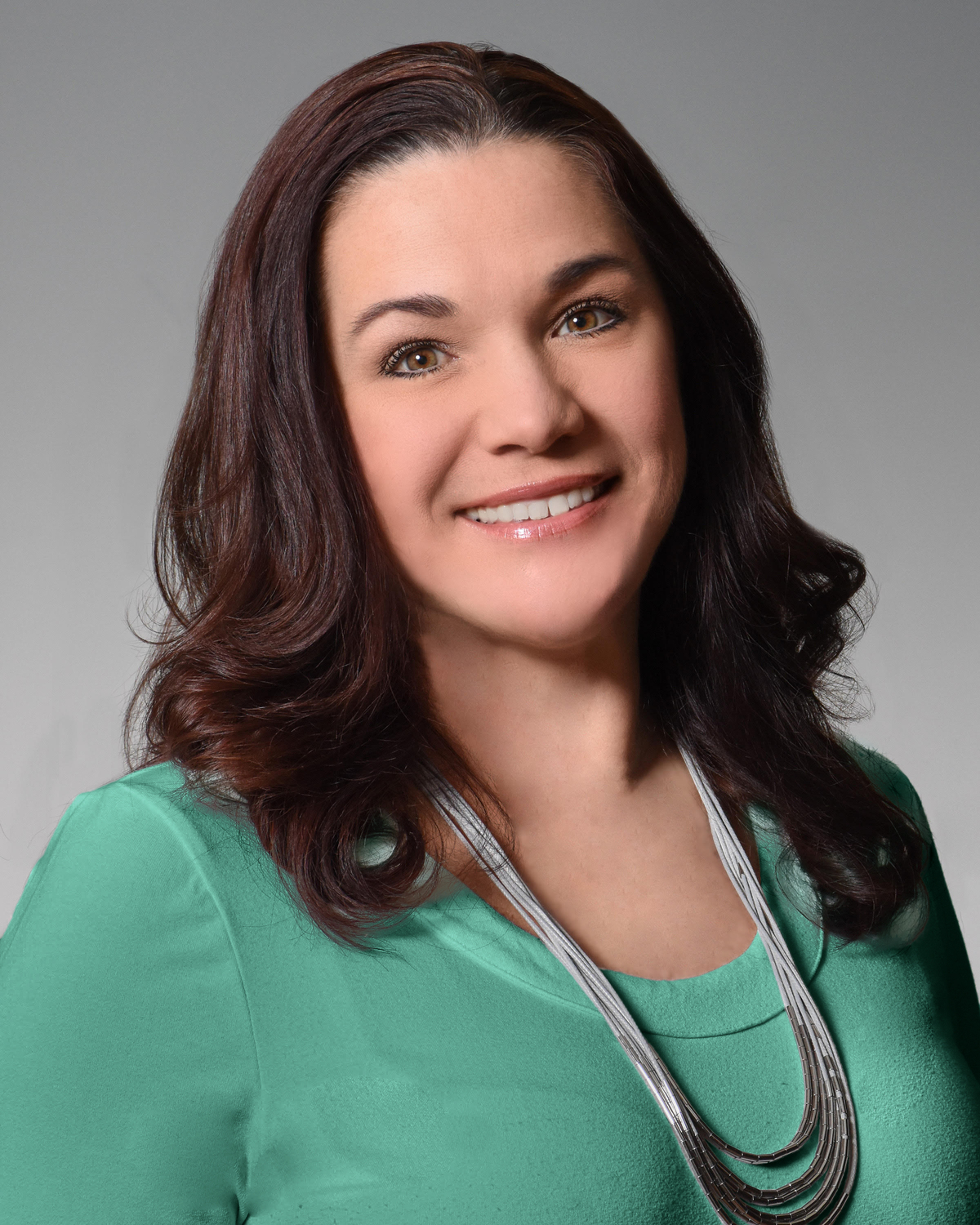
Linda Menighan
Vice President, Programs
In 2002, my 10-month-old daughter, Bailey, experienced the first of what turned out to be multiple, life-threatening allergic reactions to food. We had invited some friends over to watch a movie. Bailey was given Reese's Pieces candy while watching the movie. Later that night, she broke out into a rash and hives all over her body.
As a baby, Bailey often had issues with eczema, but this was different. She had hives and a red rash covering her whole body. Because I did not know she was experiencing an allergic reaction, I treated it as I would the eczema – and it went away that night.
A month later, we were visiting family and Bailey at a peanut butter and jelly sandwich. I was not there to see her reaction, but was told that she threw up all over the place and was not feeling well. Again, the symptoms went away before bedtime. Nothing made sense to me, so I consulted our local board-certified allergist for testing.
Imagine a 10-month-old baby having blood drawn to diagnose food allergies. It was one of the hardest things I had to do – hold her down so the nurse could stick a needle in my baby and draw about 10 vials of blood. She was diagnosed with allergies to peanut, tree nuts, and egg.
The day I found out that Bailey had food allergies, I began reading everything I could about living with food allergies and available resources. There was not much out there in 2002. I kept journals of everything she ate and got creative to get her to eat certain foods. Bailey did not eat anything unless I made it for her. Welcome to the world of being a food allergy mom.
I read labels, researched ingredients that I did not recognize, and I called companies about cross-contamination and manufacturing processes. I was determined to learn as much as I could to keep my baby safe. Since then, Bailey has had seven more anaphylactic reactions and ended up in the emergency room for treatment. Our lives and food rules have changed drastically. I taught our family and friends about living with food allergies and cooking for someone with food allergies.
Bailey outgrew her egg allergy when she was 7 years old but soon developed other food allergies that were equally severe. At the age of 10, she was diagnosed with an annatto allergy after eating a food she’d had many times before. This time, her whole body broke out into hives. We looked at everything she ate that day and even read the ingredients in the pool chemicals. The only thing I did not recognize was the ingredient annatto in the Cheez-It she ate. I made an appointment to have her tested and the result came back allergic to annatto. Bailey is now a young adult and her own food allergy advocate, still avoiding peanuts, tree nuts, and annatto.
Living in the food allergy community, there is a special connection and unbreakable bond among families. I often refer to the food allergy moms I know as my “Food Allergy Army” because they will fight for every child and family affected by food allergies. Chances are they have been in your shoes at some point and know what you’re going through. As advocates, it’s our job to empower people and give them strength through education to advocate for the 32 million Americans living with food allergies. Living a food allergy life with my daughter for 17 years made it easy to live my “new” life when I was diagnosed with adult-onset food allergies in 2014 to walnut and shellfish. Educate. Advocate. Raise Awareness. It’s my passion and my mission.
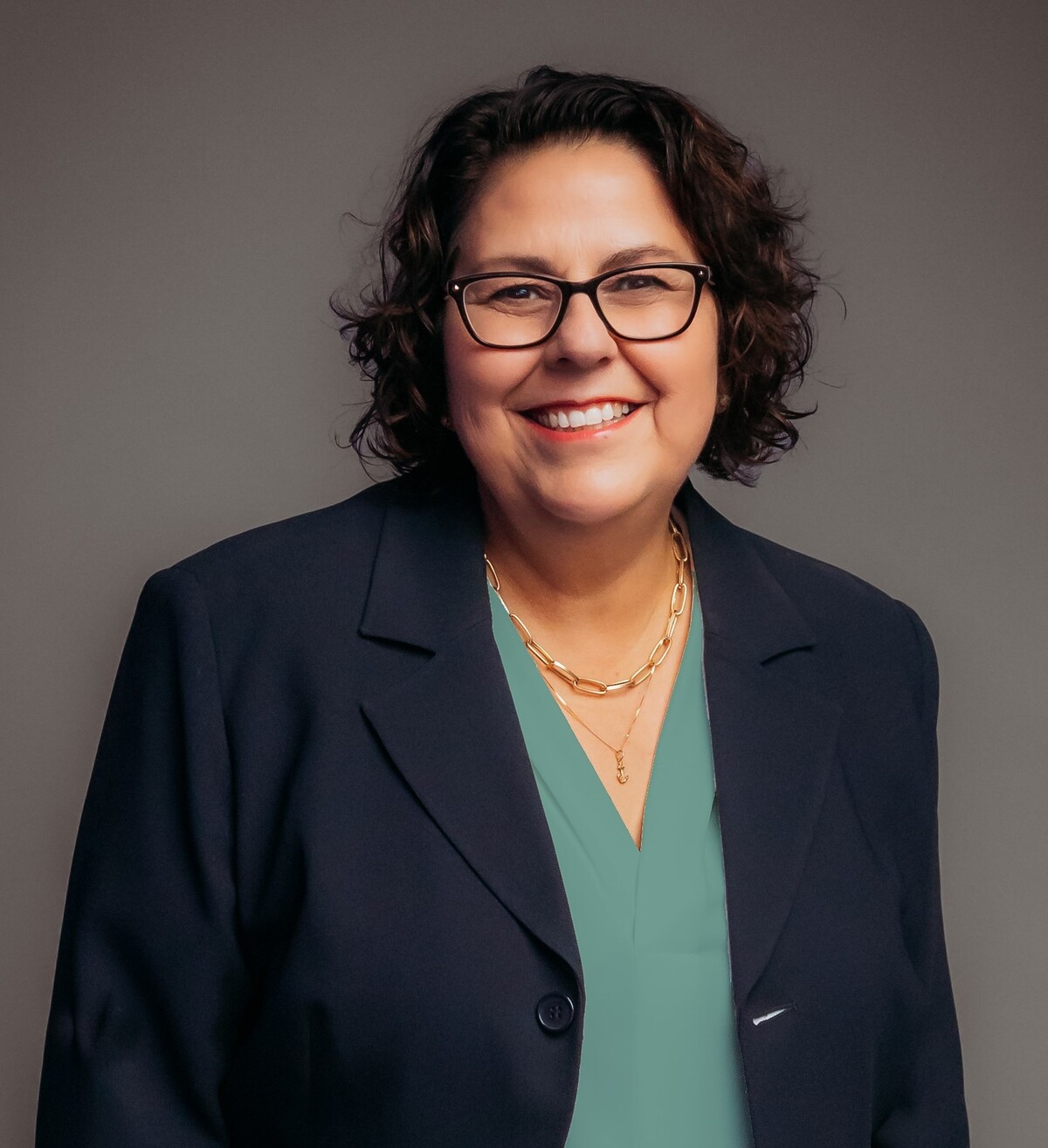
Caroline Moassessi
Vice President, Community Relations
Celebrating a friend’s two-year birthday, I dished out lemon sorbet ice cream. As the fun winded down, I changed Cyrus’ diaper for our short, 20-minute drive home. I noticed some hives on his diapers, but didn’t overthink it. Slipping on his pajamas, I saw the hives were growing and moving across his body. They looked like continents trying to merge into one giant hive. Suddenly, he started breathing rapidly. I didn’t know what was happening, but I knew it wasn’t right.
I called the pediatric after-hours phone line. They advised me to give Cyrus Benadryl and if there were no improvements or changes, to head to the Emergency Room. Thankfully, I had Benadryl on hand. Within 15 minutes, his breathing normalized, and the hives disappeared.
Worried, I called the pediatrician first thing in the morning. He very sternly explained that I was not to come into the office, but to call the allergist immediately and to say we needed an appointment no later than the next day. The following day found us in the allergist’s office. After testing, the doctor came into the exam room. In less than five minutes, the doctor explained that my son had food allergies. He needed to avoid peanuts, tree nuts, eggs, dairy, fish, shellfish, lemon, lime, raspberries, and sesame. He showed us how to use an epinephrine auto-injector and bid us farewell. In the hallway, I asked if there were any national organizations or groups where I could learn about food allergies. He said maybe. Stunned and confused, we drove the river and sat. We didn’t know what to do.
The following morning at my son’s swim lesson, a woman walked up to me. She explained that she was the nurse conducting Cyrus’ allergy testing. She knew that our brief five minutes with the doctor was not enough time for us to grasp the severity of food allergies. The nurse told me that she didn’t think we fully understood managing food allergies and our son’s life depended on us becoming food allergy educated. She gave me good advice about day-to-day living and clearing out my pantry and then wished us well.
After a series of twists and turns, I ended up attending what I thought was a lecture. It was a food allergy support group meeting in the San Francisco Bay Area. The allergist at this meeting explained that he can only diagnose, but that the women in that room would teach me how to live with food allergies. At the time, we lived in Reno, NV, and my husband worked in the Bay Area. I knew I needed those women, who are still my friends to this day. I went home and said I was invoking “Mama Veto Power”. That we were temporarily moving back to the Bay Area and into my dad’s home so I could learn from this extraordinary group of women and to see this allergist.
Fast forward to today, my son is 21 years old, and my daughter, age sixteen, developed tree nut allergies at age three (I wish we knew about early introduction back then). The allergist is now a good friend and has traveled to Reno numerous times to lecture local and statewide nurses about food allergies and asthma.
I’ve learned that we truly are all in this together. But without each other, the food allergy world does not turn. The need to share, talk, meet up, and learn is higher than ever. Technology helps us find solutions at 2 am, but speaking to other families is what brings it all together and helps us learn how to put those solutions into motion. We also need connections to others who understand us and support our relentless questions at restaurants and grandma’s house. We need those who talk us off the ledge, when our children are unjustly excluded. We need those who share our fears and then gently guide us out of the fear state.
My son is about to graduate from college, and each age and stage is a beautiful challenge that I never would have survived if it wasn’t for my connection to this community.
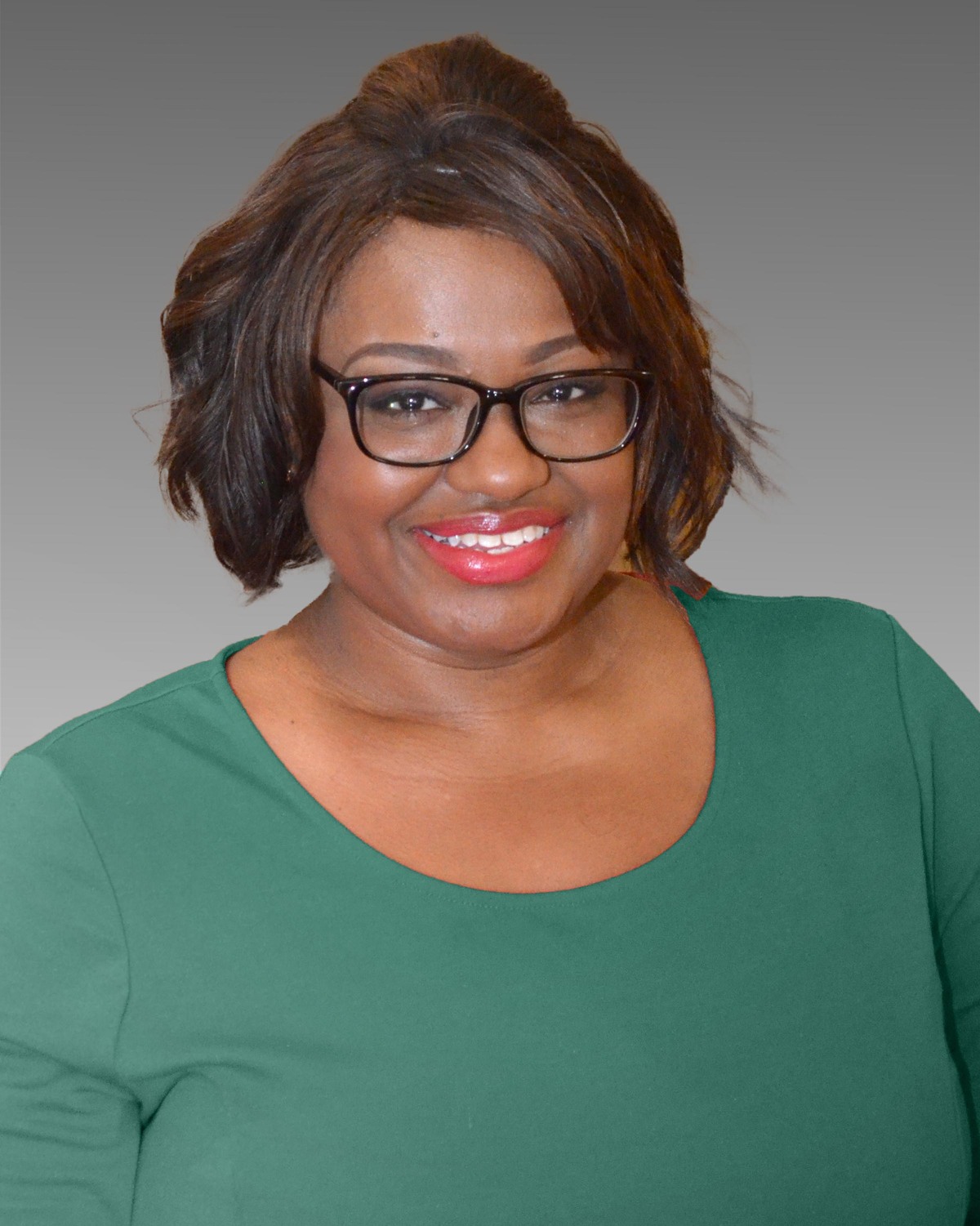
Kristin M. Osborne
Vice President, Education
I have navigated food allergies in our family for over two decades. My first experience with food allergies was twenty-three years ago while dating my now husband. He mentioned he was allergic to fish while out to eat at a restaurant. When ordering his meal, he notified the waiter of his allergies. He checked with management to determine the ingredients in his meal. My husband was careful about his food allergy. However, as a child, he was never formally diagnosed. He had many childhood visits to the ER due to severe asthma attacks and anaphylactic reactions to tuna. My husband did not carry epinephrine until our second son was born.
At the age of two, my oldest son had his first food allergic reaction to shrimp in scampi. He ate several bites of shrimp and immediately showed signs of distress. His eyes and lips swelled; hives formed over his face. Terrified, I called and spoke with the after-hours pediatrician and was instructed to give him Benadryl and wait to see if his symptoms subsided. Several days later, my son was at my parents’ home and ate mixed nuts as a snack. Again, his eyes and lips swelled, and his chest was covered in hives. I was instructed to administer Benadryl again and go to the ER if his symptoms progressed. Having no Benadryl at my parents’ home, I took my son and drove to the nearest grocery store. Frightened, I found the children’s Benadryl and gave it to him in the aisle of the store. As we were checking out, I kept a close eye on him in case his symptoms progressed. Thankfully, shortly after leaving the store his swelling went down and his hives minimized.
After his reactions, I scheduled an appointment for my son with a board-certified allergist at our local children’s hospital. The appointment was several months away, and my instructions were for my son to avoid all nuts and shellfish until he received a blood test. After a full panel of blood tests for food and patch tests for environmental allergies, the tests revealed my son was allergic to peanuts, tree nuts, shellfish, and egg, as well as grass, trees, dust mites, and many other environmental allergens. In addition to his allergy diagnosis, he was also diagnosed with asthma. We left the office with a prescription for epinephrine, an inhaler, and a mission to learn everything about the new diagnosis.
Over the next several years, I educated my family, friends, and community about asthma, food allergies, and anaphylaxis. However, my knowledge was stretched with my middle son.
In 2006, the day after my middle son’s first birthday, we fed him cottage cheese and toast at breakfast for the first time. He immediately began to drool profusely. He coughed and became extremely lethargic. Recognizing that he was having an anaphylactic reaction, I called 911. I was instructed to administer Benadryl even though we had epinephrine for my older son. The 911 operator was unclear if the child’s dose of epinephrine was safe for infants. I administered the Benadryl and waited for what seemed like ages for the volunteer rescue squad to arrive. They immediately transported my son to the nearest ER. During transport they attempted to administer epinephrine but could not fit the IV needle in his arm. Frightened, we arrived at the hospital. After a battery of tests, we were instructed to schedule an appointment with an allergist to test for wheat, dairy, and egg allergies. I was instructed to avoid giving those allergens to my son, and to refrain from eating them as well, since I was nursing.
After my son’s appointment and blood tests, it was determined he was allergic to wheat, dairy, and eggs. I knew he was allergic to something, but I had not expected all three allergens. There were not many options for wheat, dairy, and egg-free foods in stores at that time. However, a local food allergy mom opened a small store in our area that offered a wide variety of “free-from” foods. The store also listed each ingredient in plain labeling with icons to reference allergens. We were able to purchase food items like ice cream and ice cream cones that were safe for both of my sons to eat. Through that store, I connected with local food allergy resources and met many other moms whose children had food allergies. That stores owner was a beacon of hope for our family. Later, our youngest son failed a food challenge and was diagnosed with peanut and tree nut allergies.
Over the years, our family has graduated to tolerating baked egg, but are still allergic to everything in our original diagnosis. My oldest is a student in college and takes the lead on his allergy and asthma management. My husband and I serve as a sounding board for advice when needed. My middle son is a student in high school and takes the lead during his 504 meetings, and my youngest has alway known how to spell anaphylaxis and epinephrine. My goal as a mom is to educate and empower my family to self-advocate. My role with FAACT will further the mission of education, awareness and advocacy for our community and families.
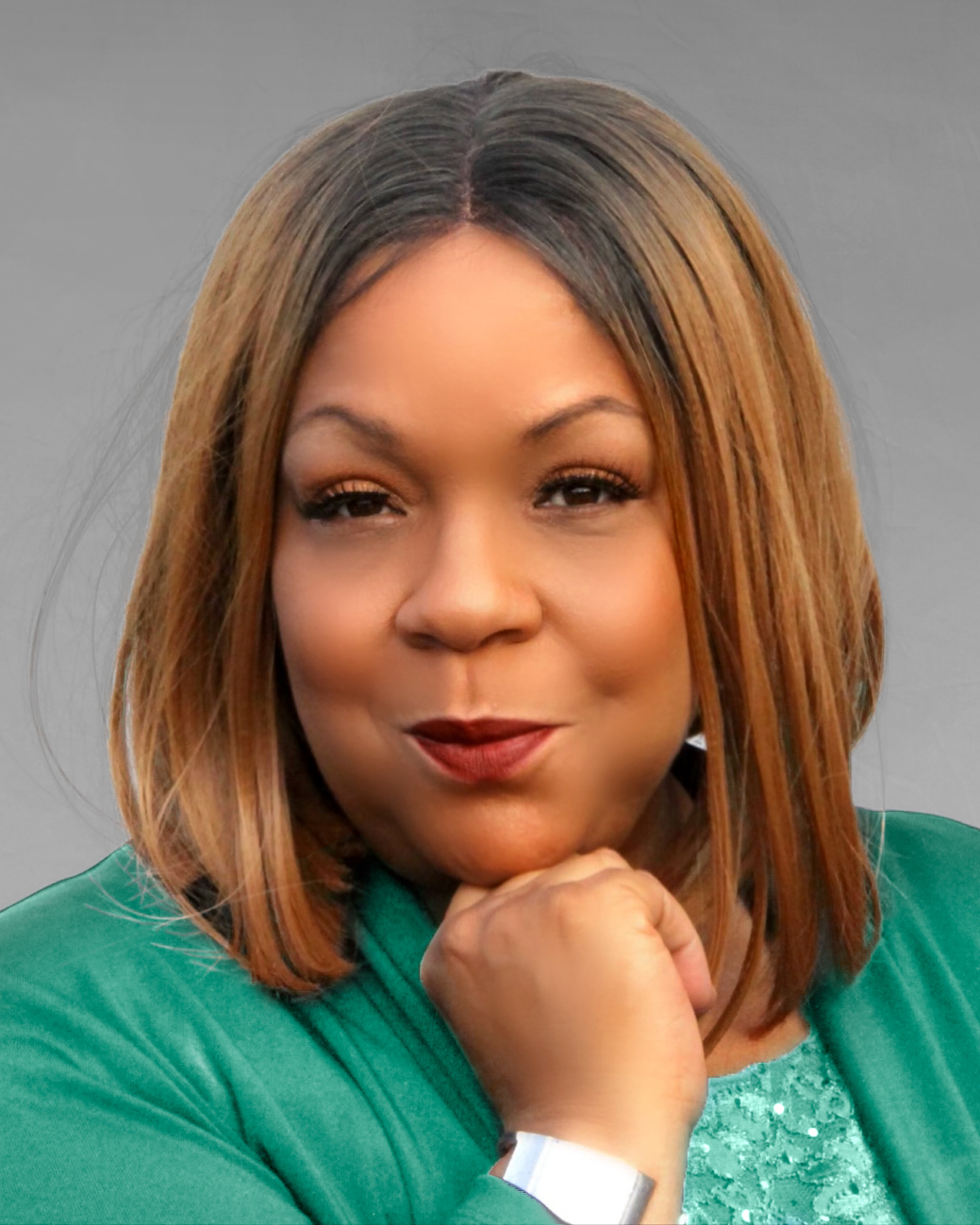
Aleasa Word
Vice President, Inclusion Initiatives
For many years, I was a mom of one. That changed 11 years later with the birth of my second son. To round out our family, we had a daughter two years later.
When my daughter was 13 months old, I felt it was time to wean her and transition to cow’s milk. She did not do well, and we quickly found out that she had a lot of food allergies to contend with. I was confident things would be okay until I went to the grocery store with my list of allergens and quickly realized how many products contained these allergens. Wheeling my cart down aisle after aisle, I felt increasingly sad and defeated, until I stopped in the middle of an aisle and cried, with my daughter sitting in the cart and my younger son standing by my side. We finally left the store with far fewer items than I had planned to buy.
I tried to find support, but there weren’t any people dealing with food allergies in my community. I found a local support group, but they didn’t share the same dynamics as my community. I had to find a way to be an advocate, although I didn’t have one clue what to do. I figured it out because I had to. I wanted to help everyone, especially people who seemed to be underrepresented in the food allergy community – people who looked or lived like me. Soon I found many people of color and others with deep ties to their cultures of origin who were in the same predicament I was in. It was both comforting and heartbreaking.
Over time, with kids in tow, I began working with local groups and even started a business to train small daycares on the dangers of not taking food allergy safety seriously. I talked about food allergies everywhere I went. I made sure childcare programs and schools provided safe food alternatives for allergic children. I educated aftercare programs and even churches about cross-contamination. My middle son became a food allergy protector for his sister. Even when my daughter endured bullying at school about her food allergies, we never quit, and she never let it stop her from living a full life every day. She did, however, seem to have more health issues. One day, after calling the paramedics, we were finally on our way to finding a diagnosis for issues that had plagued her for years: Eosinophilic Esophagitis. It took quite a while to identify her triggers and her diet was all over the place, but we did it. We were on a good path. A few years later, my middle son was diagnosed with a food allergy. Fortunately, with all the times he’d been there when his sister faced exposure to allergens, he knew to take it seriously for himself, his sister, and others.
I have a lot of gratitude for the many people who helped us along this journey. And I have one desire when it comes to food-allergic living: I want to make the RESPECT for food-allergic living so routine that everyone feels included in every event at every school and in every community.

Emery Brown, M.A., Ed.S., NCSP - Nationally Certified School Psychologist
Director, Behavioral Health Services
I have had food allergies since birth. When I was several months old, my aunt dropped ice cream on my hand, and I broke out into hives. My parents immediately knew it was an allergic reaction, as my older sister had been diagnosed with peanut, tree nut, and soy allergies when she was two.
I was diagnosed with anaphylactic allergies to fish, dairy, and eggs. However, when I was six, I outgrew the egg allergy. Later into adulthood, I was diagnosed with an anaphylactic peanut and shellfish allergy, as well as an oral allergy to several fruits and vegetables. I give a lot of credit to my loving parents, who taught me how to self-advocate, scrutinize labels, and make safe choices. To all of you allergy parents out there, you’re doing a great job—trust me!
The food allergy community, especially FAACT, has been vital to me. I met my college roommate at a Teen Conference - connections in this community last a lifetime! We were able to conquer the world of college together, making sure that we were cultivating safe choices and ensuring our room was allergen-free.
Food allergies have always been, and always will be, a part of my life. They have made me more compassionate, strong, and responsible. Through this journey, I have become an advocate for food allergies, and developed a deep passion to help other kids and teens strengthen their own identity, find balance, and maintain a healthy well-being. I am honored to serve as the Director of Behavioral Health at FAACT. Many of you know that living with food allergies is not always easy. Anxiety, depression, fear, and bullying are all realities some of us might face. My goal and mission is to help you cope with all life will throw at you, in a healthy way that will allow you and your family to thrive.
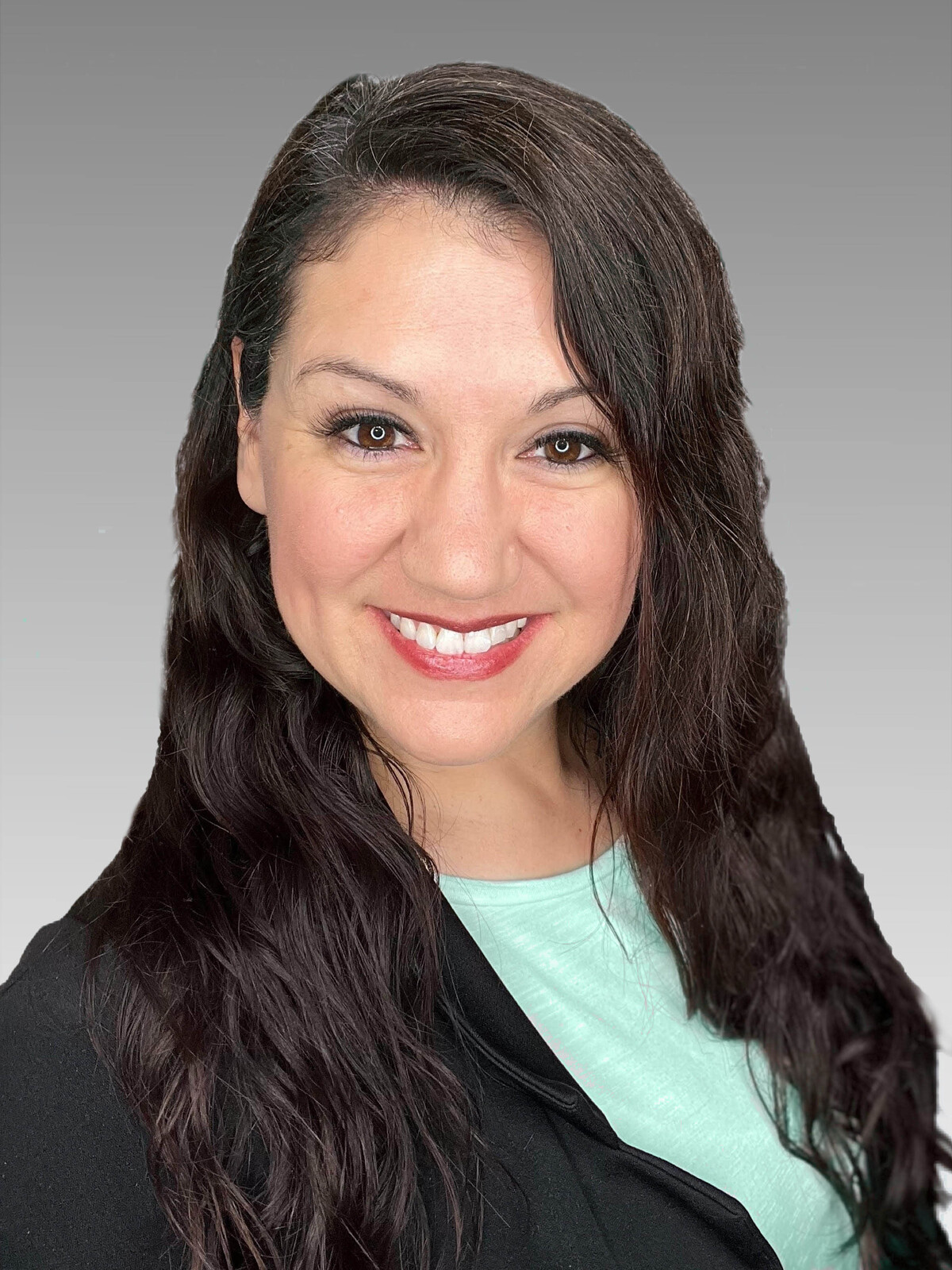
Lisa Horne
Director, Marketing
My husband’s grandmother made these amazing treats called Scotcharoos when we were first married. They are basically rice cereal treats with peanut butter, butterscotch, and chocolate. I decided to recreate them at home.
I was holding my then 8-month-old son, Stetson, while I was snacking on a square of Scotcharoos. He was curious about what I was eating, so I pinched off a bite and gave it to him. He broke out in several tiny little hives around his mouth. I didn’t think much of it because I had no experience with food allergies and there were no other signs or symptoms. My husband was concerned enough to call the charge nurse at our local hospital. The nurse told us that it just probably meant Stetson had an allergy to peanuts and not to worry.
I have always wondered why that nurse did not give us more information about food allergies or tell us to follow up with an allergist. Why she didn’t tell us to be cautious because future reactions could be life-threatening. At the time, not knowing anything about food allergies, I truly didn’t consider that this was a big deal.
Fast forward 9 months, and I wanted to give my son his first PB&J. I love peanut butter and jelly sandwiches and wanted to share a food I loved as a child with my child. I cut one of those pre-made refrigerated sandwiches in half and tried to get him to give it just a little bite. He wanted nothing to do with it. Looking back, it was as if he knew it was not safe for him.
I tried to get a little bit of the sandwich on the tip of my finger and touch it to his mouth in hopes he’d get a taste and want more. Instead, he began screaming and wiping at his face. I turned around for less than a minute to wet a rag so that I could clean his face. When I turned back, he had smeared the small dollop of PB&J all over this face and into his eyes, and his whole face was puffed up. His long, dark eye lashes were lost in his now puffy eyes. He had also stopped crying and was changing color.
I grabbed him out of his high chair and, without a purse or shoes, drove him to the Emergency Room, which happened to be about a mile from our home. I rushed to the front desk, told them I had given him peanut butter, and the nurses took over. They whisked him away and began checking his vitals and putting tubes and medicines in him.
He didn’t look like himself for days after being released from the hospital. He also didn’t act like himself. He clearly didn’t feel well from the allergic reaction and medications administered. This time we were directed to follow up with an allergist and advised to get a prescription for epinephrine.
It was traumatic. I wanted to ensure that my sweet baby boy never felt or experienced this ever again. I had also learned that this allergy was life-threatening. Food could kill. That knowledge is life changing. It is a heavy load to carry for both the child and the caretakers or parents involved in that child’s well-being.
While I waited for our allergist appointment, I began searching the internet for as much information as I could get my hands on. That is where I learned about a local food allergy walk that was looking for someone to assist in fundraising. I enjoyed working with the food allergy community and engaging in support, education, and awareness. That led to me founding a statewide nonprofit, freelance writing for local publications, starting a blog and podcast, and now working with FAACT.
Years after his first reaction to peanuts, we found out that Stetson is also allergic to shellfish after a hands-on encounter at the local zoo’s stingray exhibit. Stetson is now 14 years old. I have enjoyed watching him learn, grow, and experience all that life has to offer. He lives a very active life, going to scouting camps and summer camps, traveling on cruise ships out of the country, going to friends’ houses, being on sports teams, and more.
My goal with FAACT is to help bring education, awareness, and advocacy to others living with food allergies, as well as support for them and their caregivers, so they too may live a full life.
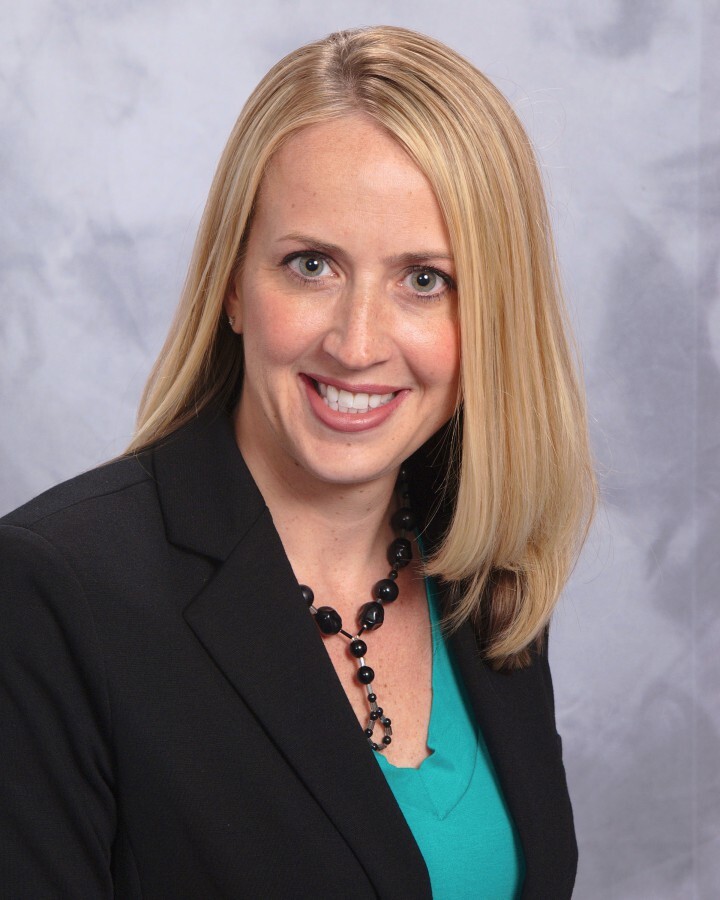
Lisa Rutter
Director, Support Group Development
I started my journey with food allergies when my son, Evan, had his first reaction at the age of 12 months. At the time, we didn’t understand food allergies or know what was going on. Evan had one little lick of some peanut butter ice cream and immediately developed a rash around his mouth. I reported this to our pediatrician, and he advised us to hold off on giving our son peanut butter until he was three or four years old.
Throughout the next couple of years Evan continued to have odd occurrences such as random projectile vomit and swollen eyes. All of these incidents were dismissed by our pediatrician as being “nothing,” and this left my family to just speculate that it was some type of illness or bug bites causing the swollen eyes. When Evan was two and a half years old, we relocated to Michigan. We had friends over to our new place for the first time. I decided to make peanut butter and jelly sandwiches for his playmates and just a jelly sandwich for Evan. So I made everyone’s sandwiches and then I rinsed and wiped clean the knife to cut Evan’s sandwich in half. Shortly after lunch, his eye was swollen so badly that he reminded me of the character in the movie “Rocky.” I flushed it with water and gave him Benadryl. I couldn’t figure out why this was happening again. Thankfully, the reaction went away. Around that same time, we were grocery shopping and Evan was given a peanut butter cookie from the bakery counter. He took a tiny bite, spit it out, and complained he didn’t like it. I then asked the bakery for a plain sugar cookie instead. Evan’s mood quickly declined and he became very cranky and agitated. I then took him into the bathroom and he started crying and then vomited everywhere. At the time, I thought he was just getting sick.
In March 2011, my son went in for testing at his allergist’s office. He was tested for peanut, tree nuts, pet allergies, and environmental allergies. My son was diagnosed with environmental allergies and severe food allergies to peanuts and tree nuts. This was a wake-up call for our family, and I immediately learned as much as I could about food allergies. Looking back now, I feel so ignorant, but I really was when it came to food allergies. If people around us would have been more knowledgeable about food allergies, we could have prevented so many close calls with my son’s life.
As FAACT’s Director of Support Group Development, I plan to work on support group development because education and support are so important for food-allergic families. I want to continue to raise awareness and spread food allergy education to everyone around us.

